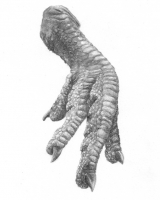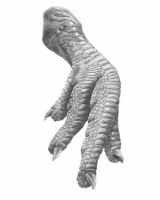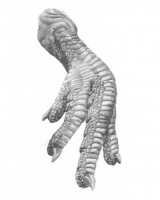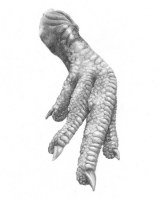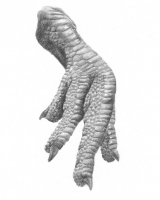CAN MACHINES COPY
Emma Sheffer
‘Can Machines Copy’ comprises individually hand-drawn works of the same image.
The show‘s title is derived from the first line of Alan Turning’s essay Computing Machinery and Intelligence;
“I propose to consider the question, ‘Can machines think?’
This should begin with definitions of the meaning of the terms ‘machine’ and ‘think.’”1
Is a perceivable inaccuracy truer than an unperceivable inaccuracy?
‘Can Machines Copy’ considers human action as nothing more than a mechanized process.
1 Turing, A. M. “Computing Machinery and Intelligence.” Mind LIX.236 (1950): 433-60. Print.
Emma Sheffer
‘Can Machines Copy’ comprises individually hand-drawn works of the same image.
The show‘s title is derived from the first line of Alan Turning’s essay Computing Machinery and Intelligence;
“I propose to consider the question, ‘Can machines think?’
This should begin with definitions of the meaning of the terms ‘machine’ and ‘think.’”1
Is a perceivable inaccuracy truer than an unperceivable inaccuracy?
‘Can Machines Copy’ considers human action as nothing more than a mechanized process.
1 Turing, A. M. “Computing Machinery and Intelligence.” Mind LIX.236 (1950): 433-60. Print.
